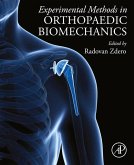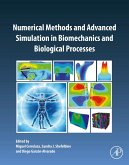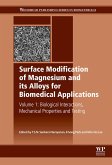Biomechanics and Gait Analysis presents a comprehensive book on biomechanics that focuses on gait analysis. It is written primarily for biomedical engineering students, professionals and biomechanists with a strong emphasis on medical devices and assistive technology, but is also of interest to clinicians and physiologists. It allows novice readers to acquire the basics of gait analysis, while also helping expert readers update their knowledge. The book covers the most up-to-date acquisition and computational methods and advances in the field. Key topics include muscle mechanics and modeling, motor control and coordination, and measurements and assessments.
This is the go to resource for an understanding of fundamental concepts and how to collect, analyze and interpret data for research, industry, clinical and sport.
This is the go to resource for an understanding of fundamental concepts and how to collect, analyze and interpret data for research, industry, clinical and sport.
- Details the fundamental issues leading to the biomechanical analyses of gait and posture
- Covers the theoretical basis and practical aspects associated with gait analysis
- Presents methods and tools used in the field, including electromyography, signal processing and spectral analysis, amongst others
Dieser Download kann aus rechtlichen Gründen nur mit Rechnungsadresse in A, B, BG, CY, CZ, D, DK, EW, E, FIN, F, GR, HR, H, IRL, I, LT, L, LR, M, NL, PL, P, R, S, SLO, SK ausgeliefert werden.
"All authors are contributors to the field and have leant their experiences to this text. Students and professionals interested in the general area of biomechanics and gait analysis, and applications thereof to areas related to rehabilitation and orthotics, will find this text of interest. Overall, this text is a well-written good overview of the current and possible applications of human biomechanics and gait analysis. Each chapter is well referenced and reflects well on the one or more authors' work in the field. I recommend it as a good starting point for those interested in this area of endeavor." --IEEE Pulse









